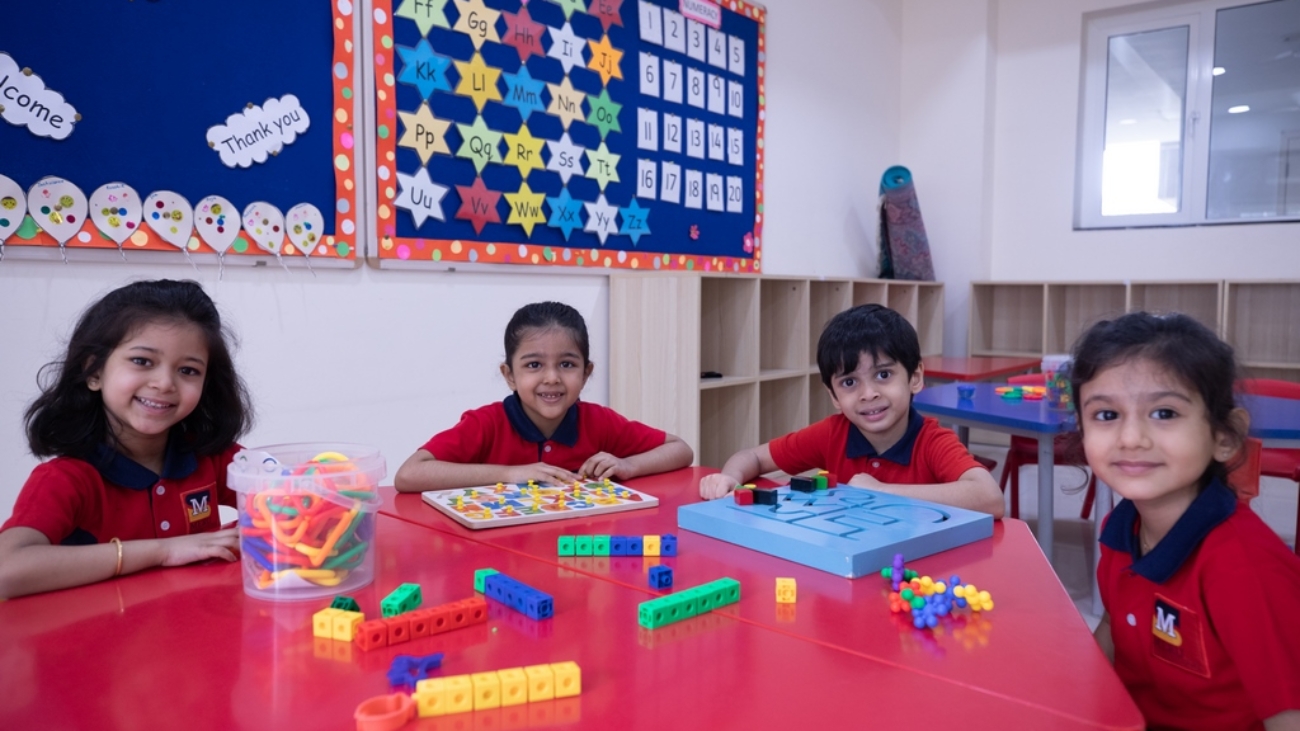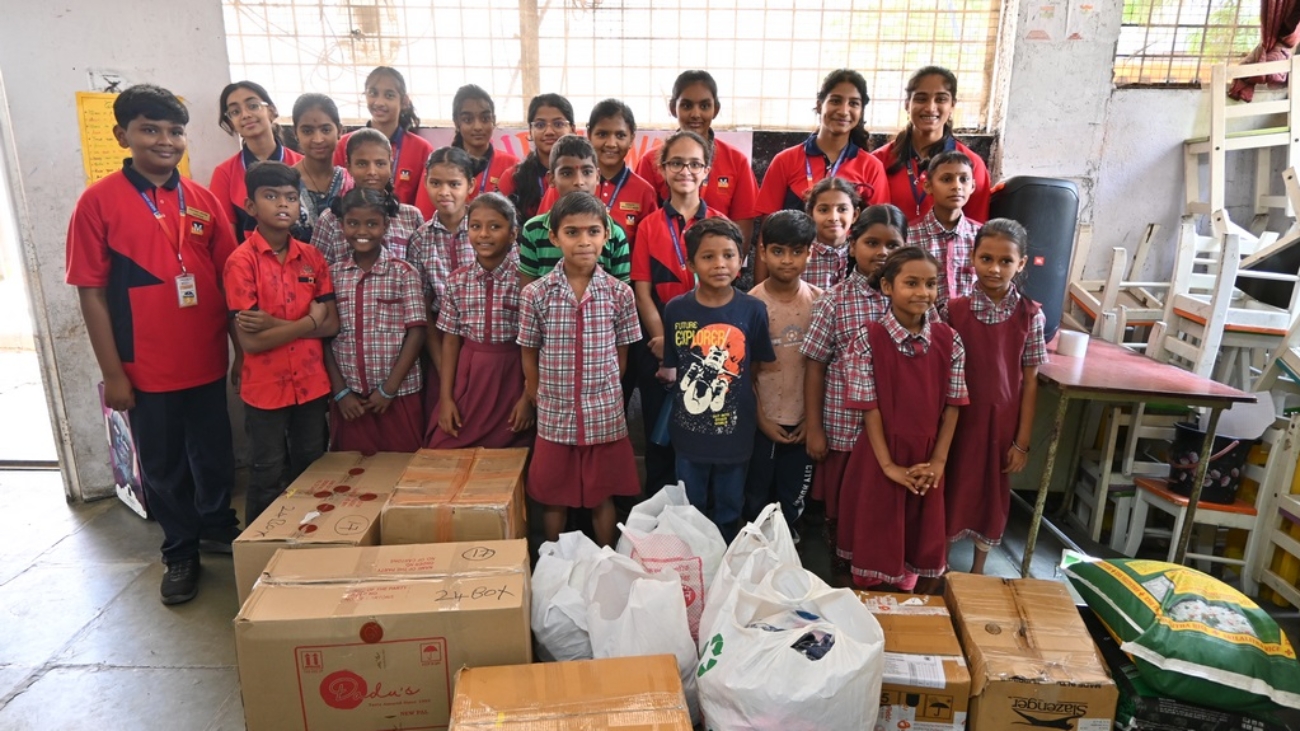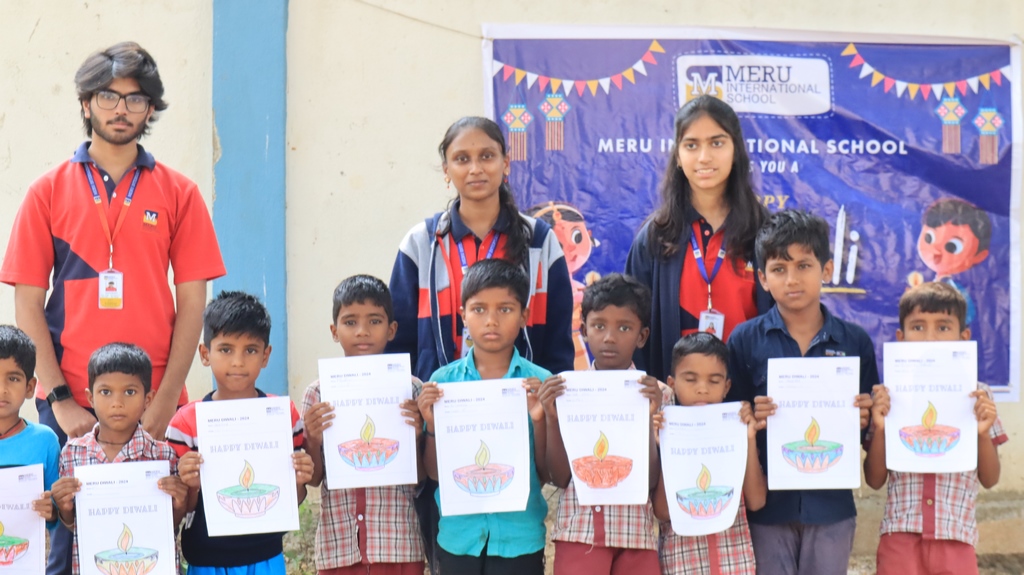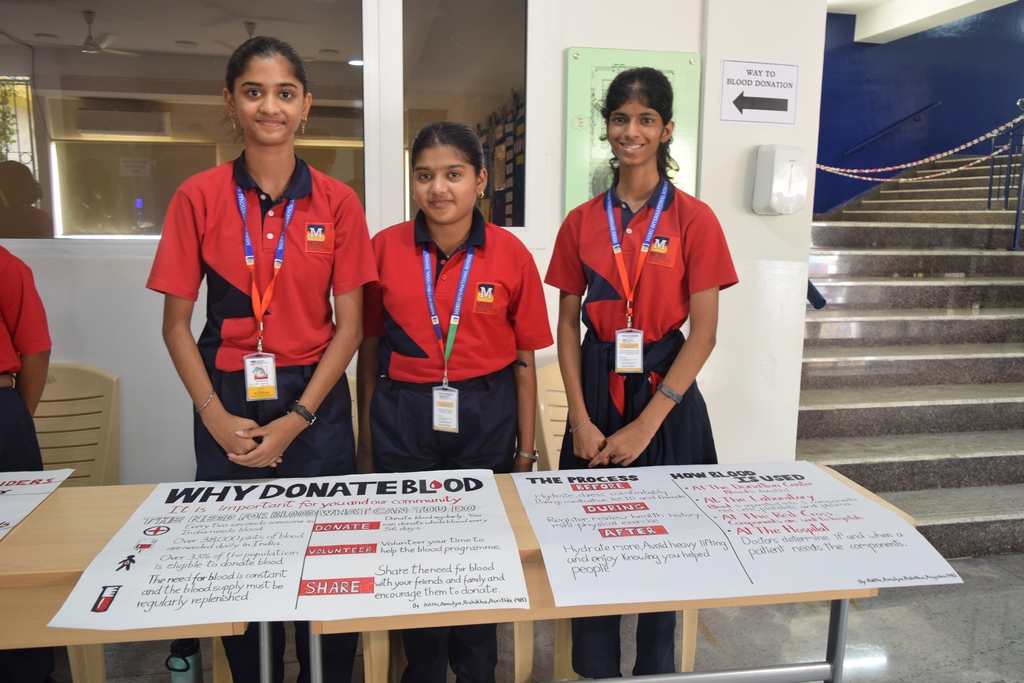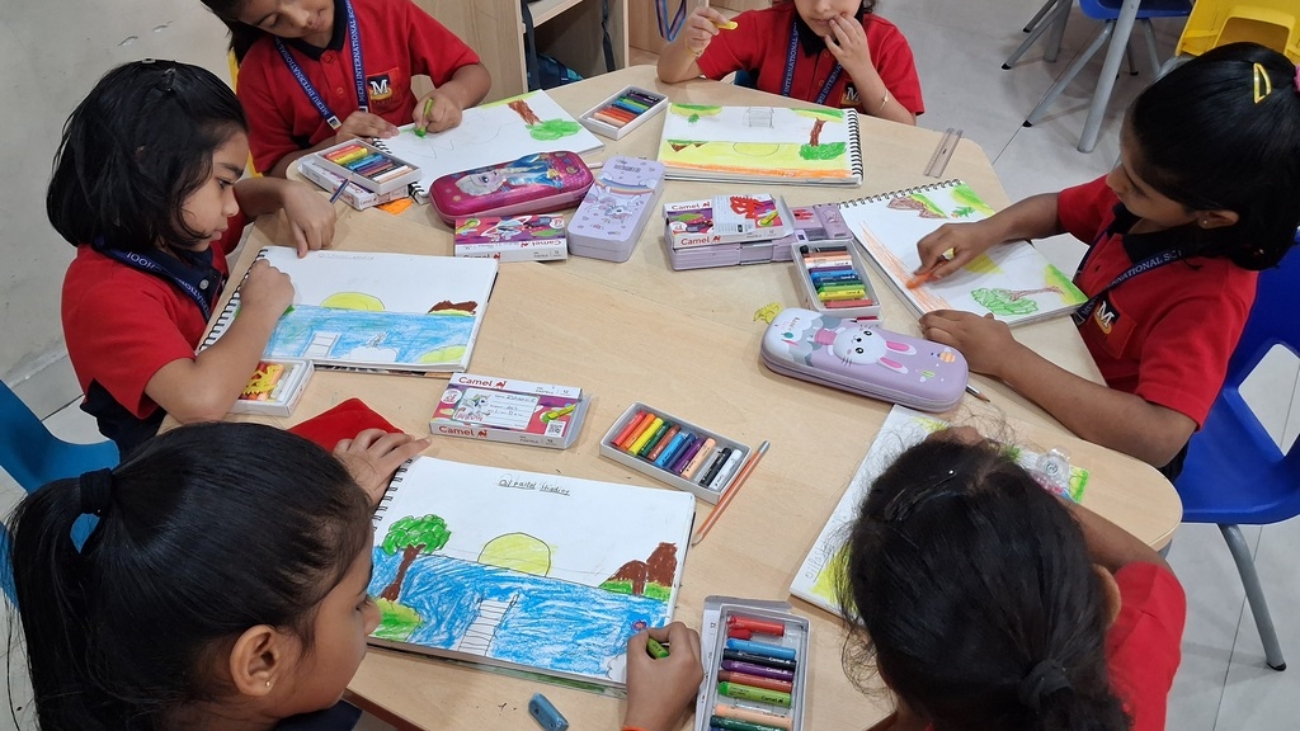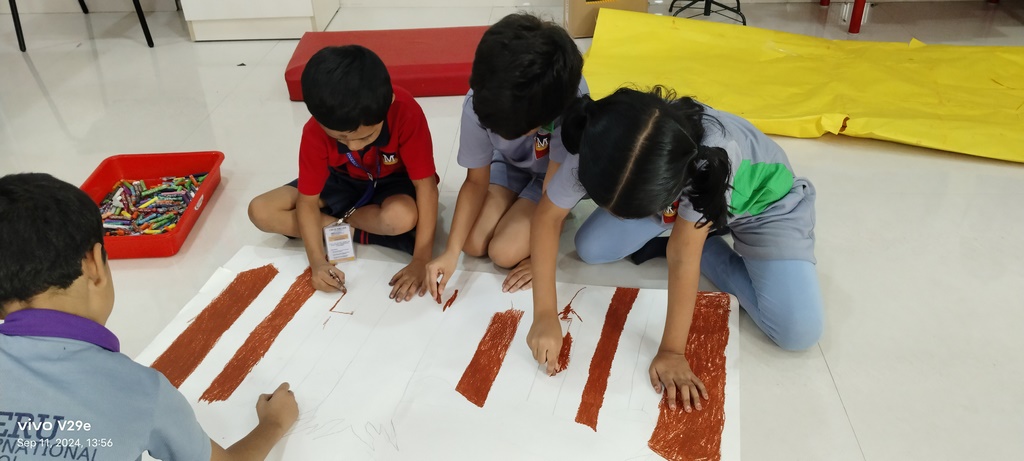Hey fellow teachers!
Let’s talk about something we’re all noticing in our classrooms – those fidgeting fingers, wandering eyes, and minds that seem to bounce around like pinballs. If you’re finding it harder to keep your learners focused these days, you’re definitely not alone. In recent years, we often hear teachers mention they are witnessing a decline in students’ attention span, in their ability to maintain focus on a task before getting distracted. As educators of primary school, we’ve witnessed a significant shift in student attention patterns over recent years. The intersection of technological advancement, changing lifestyles, and evolving educational demands has created new challenges in maintaining student engagement. Let’s explore this phenomenon and discuss practical strategies for our classrooms.
What’s Really Going On?
Remember when kids could stick with an activity for 20-25 minutes? Now we’re lucky if we get 10-15 minutes of solid attention. And no, you’re not imagining it – this shift is real, and it’s happening in classrooms everywhere.
Why Are Our Students Different Now?
Think about it: our kids are growing up in a world of TikTok videos, reels, shorts and instant everything. Their brains are literally being wired differently! Here’s what we’re up against:
-
The Digital Factor
Our students are swimming in a sea of screens. Between video games, phones, and tablets, they're used to constant stimulation and quick changes. The fact that by using mobiles they only see flashes of information, video games have also influenced their attention span, many popular games are fast moving. No wonder a long division lesson might not hold their attention!
-
The Busy-Busy Life
Remember when kids had more free play time? Now many of our students bounce from school to activities(music, dance, karate, badminton, basketball and what not) to homework, with barely a moment to just... be kids.
What This Means in Our Classrooms
You’ve probably noticed:
- Students struggling to finish reading passages
- More fidgeting during lesson time
- Writing assignments taking forever to complete
- Group discussions that lose steam quickly
Let’s Talk Solutions (That Actually Work!)
1. Break It Down
Think bite-sized chunks instead of long lectures. I’ve found that 10-15 minute segments work wonders. It’s like serving a meal on a smaller plate – less overwhelming and more manageable.
Curriculum design should always be geared toward students and not toward teachers. You always plan for learning and not for teaching.
2. Get Them Moving
Turn those passive listeners into active learners:
- Have them act out historical events
- Use movement to teach math concepts
- Make science experiments hands-on adventures
- Turn grammar lessons into physical games
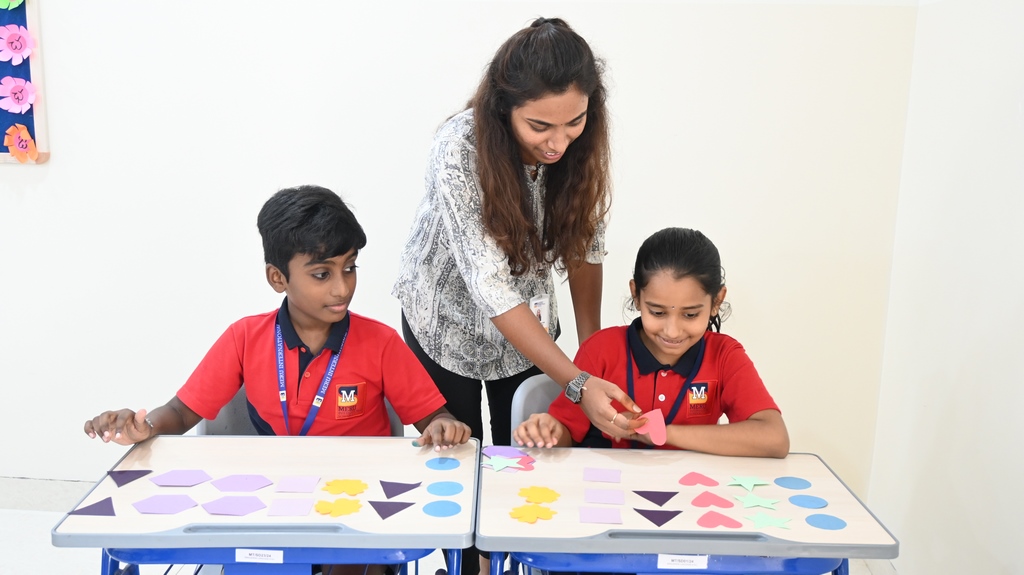
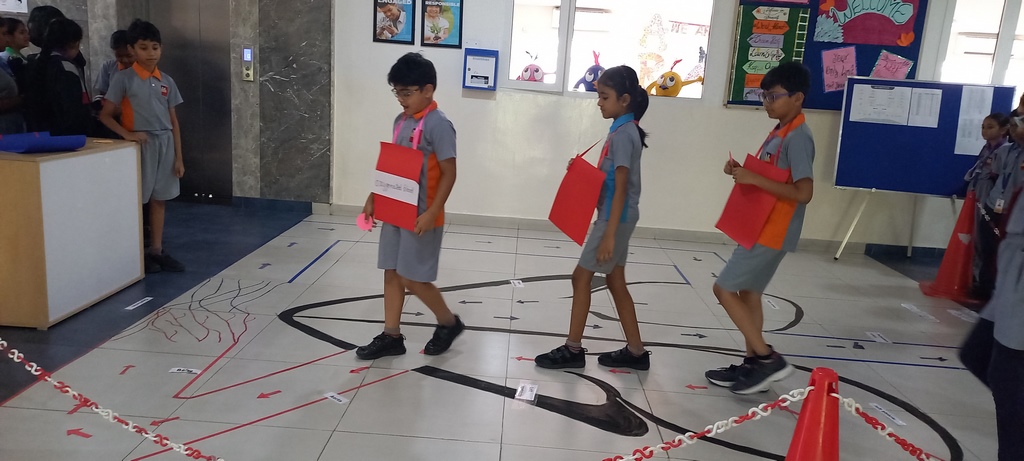
3. Make It Visual
Our students are visual learners, so let’s work with that:
- Use colorful mind maps
- Share quick video clips
- Create interactive displays
- Get them drawing and diagramming
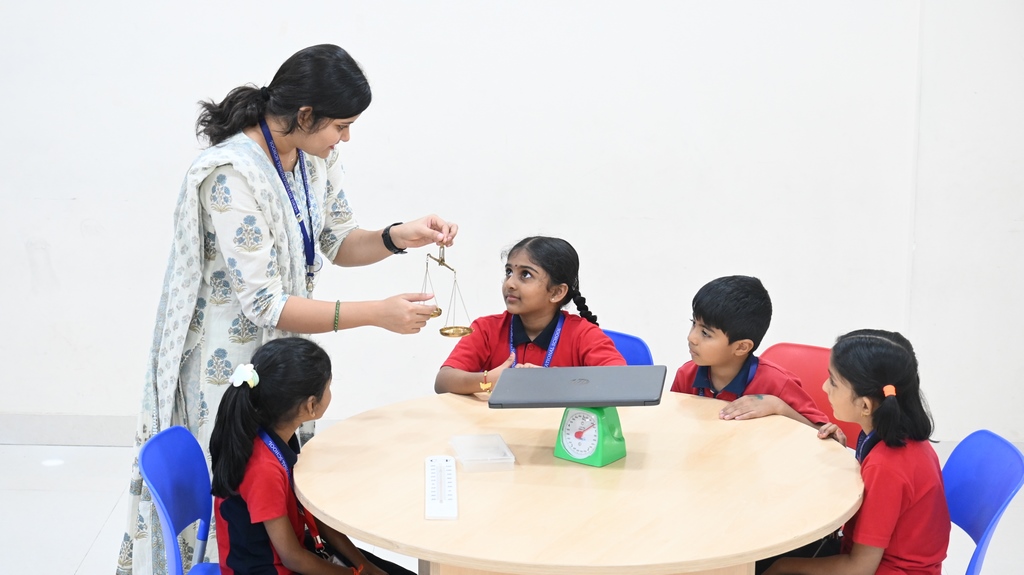
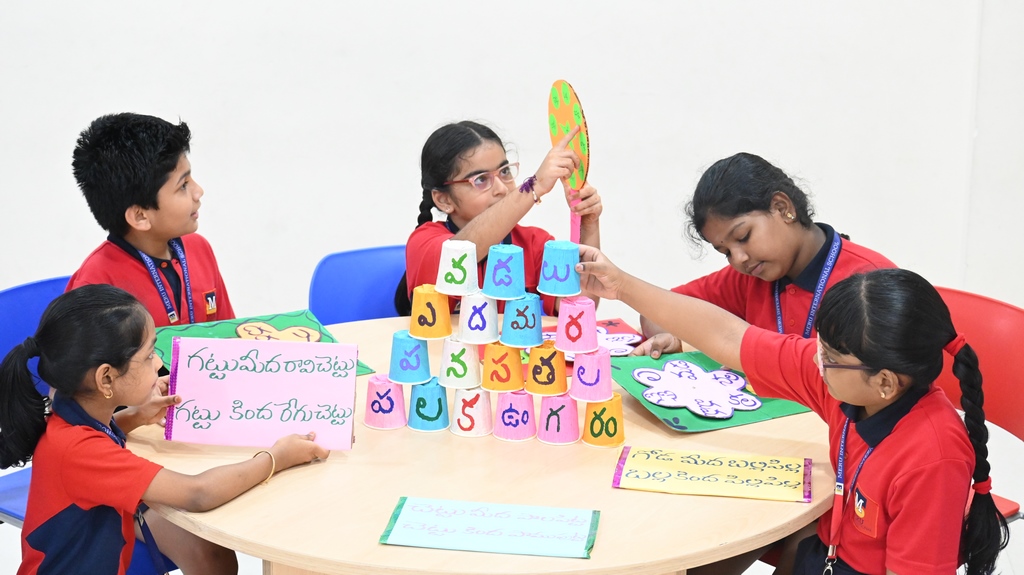
4. Brain Breaks Are Your Friend
Don’t fight the need to move – embrace it! Try:
- Quick stretch sessions
- 60-second dance parties
- Simple breathing exercises
- Mini meditation moments
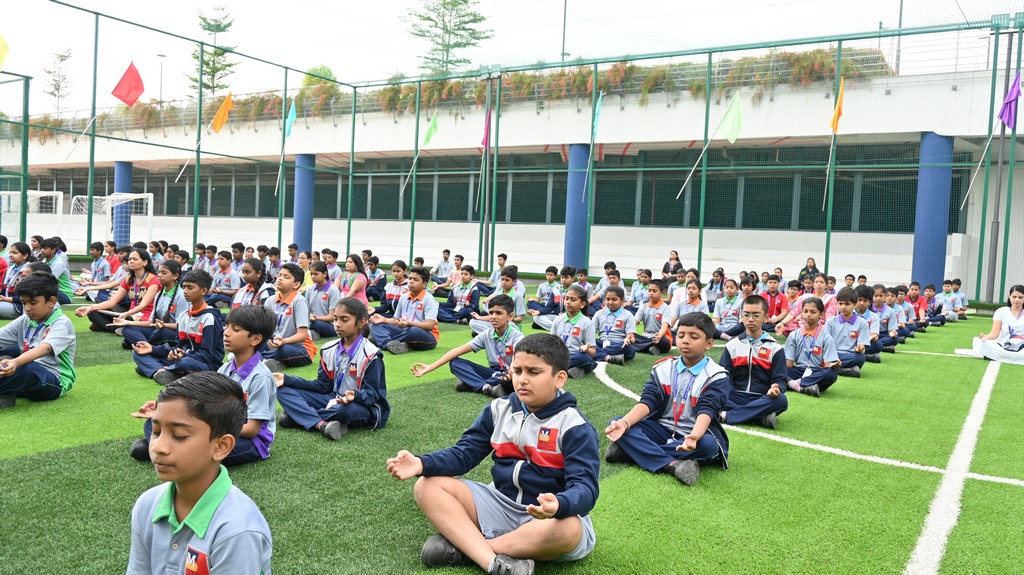
5. The Pomodoro Technique: A Focus Game-Changer
Let’s talk about a seriously cool productivity hack that works wonders in the classroom: the Pomodoro Technique. Originally designed for adults but brilliantly adaptable for elementary students, this method can be a total game-changer for attention management.
How It Works
- Break work into 25-minute focused sessions
- Follow each session with a 5-minute break
- After four “pomodoros”, take a longer 15-20 minute break
Classroom Adaptation
For our Foundation stage students, we can modify this:
- Shorten focus time to 10-15 minutes
- Use 3-minute movement breaks
- Make it feel like a fun challenge
Pro tip: Make it feel like a game, not a strict rule. Kids love turning productivity into an adventure!
6. Sparking Curiosity: The Secret Sauce of Learning
Here’s a game-changer for educators: curiosity isn’t just a nice-to-have, it’s the rocket fuel for learning. Brain research reveals something powerful – when we spark curiosity, we basically turn students’ brains into knowledge sponges.
What Are Cognitive Interest Cues?
Think of these as attention-grabbing hooks that make learning irresistible. They’re strategic ways to frame lessons that transform “have to learn” into “want to learn.”
Making Learning Stick: The Curiosity Connection
- Curiosity creates a neurological state of readiness to learn
- Personal connections dramatically boost motivation
- Students become active participants, not passive listeners
Practical Strategies
- Start lessons with intriguing questions
- Use real-world problems as learning entry points
- Connect content to students’ personal experiences
- Create mini-mysteries within your curriculum
- Introduce unexpected or counterintuitive information
Example Approach
Instead of saying “Today we’ll learn about fractions,” try: “Imagine if you could split a pizza perfectly every single time, no matter how many friends show up!”
Why This Matters
When students are genuinely curious, they:
- Pay more attention
- Retain information longer
- Develop intrinsic motivation
- Enjoy the learning process
Pro tip: Your enthusiasm is contagious. The more excited you are about the learning journey, the more your students will catch that spark!
Setting Up Your Classroom for Success
Space Matters
Create different zones in your classroom:
- A quiet reading corner
- An active learning space
- Flexible seating optionsTiming Is Everything
Work with their natural rhythms:
- Tackle tough stuff in the morning
- Mix up high and low-energy activities
- Build in transition time
- Include movement throughout the day
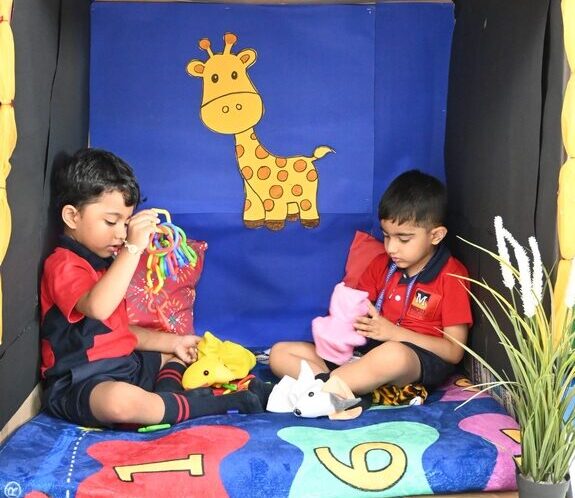
Working With Parents
Keep it real with parents. Share tips about:
- Managing screen time at home
- Setting consistent bedtimes
- Getting kids moving
- Creating homework routines that work
How we do it at Meru International School?
At Meru International School, one of the best CBSE & Cambridge schools in Miyapur & Tellapur in Hyderabad we practice activity based learning that enables students to effectively learn and master new concpets. Activities like Language week celebrations, Literary fest, Student Led Conferences ensure our learners are confident, engaged, reflective when mastering new concepts.Few glimpses of our activities can be watched at:
Looking Ahead
Here’s the thing – we’re not going back to the “good old days” of attention spans. And that’s okay! Our job isn’t to fight against change but to adapt our teaching to meet our students where they are. We can help them develop focus while still embracing their natural energy and creativity.
Remember, you’ve got this! And if you’re having a rough day, just remember – even a few minutes of focused learning is a win. We’re all in this together, learning and adapting as we go.
Want to share your own classroom wins or challenges? Have some strategies that work for your students? Let’s keep this conversation going!


